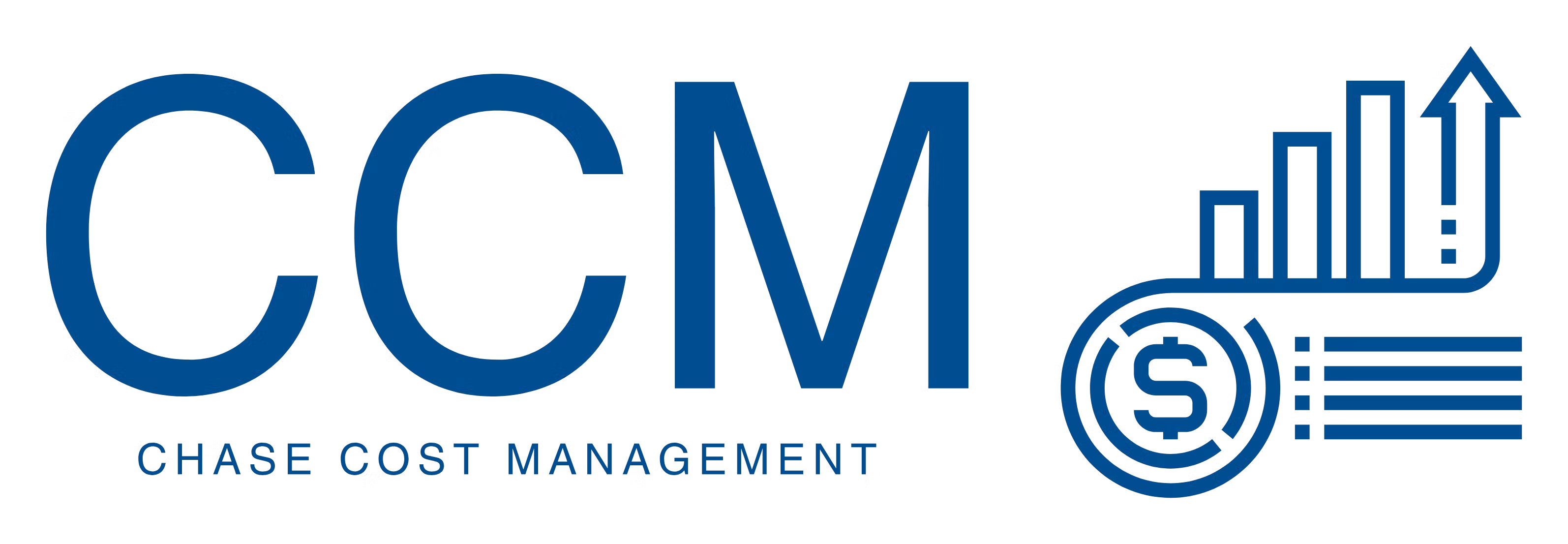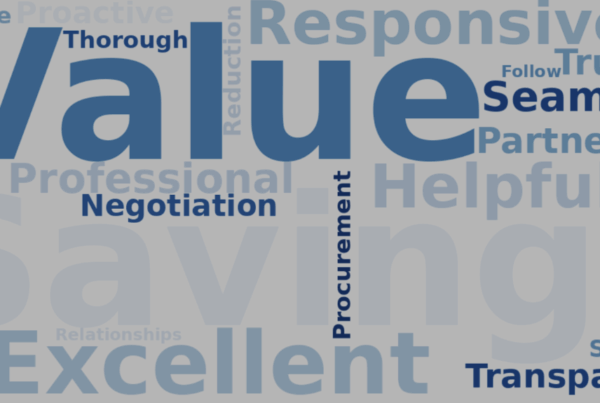Since the COVID-19 pandemic began in March 2020, the global business environment has been turbulent – and often in ways that have been difficult to anticipate. Unplanned disruptions in the supply chain, logistics backlogs, and unfettered inflation have caused even the best-of-breed companies to scramble when procuring business- essential goods and services. That these challenges have arisen while businesses are struggling to adjust to new normals with regard to remote work, staffing shortages, and the tightest labor market in a generation have made a strategic approach to procurement an essential effort for business leadership at all organizations in 2023. Additional challenges await organizations in 2023 that must also be a part of this strategy, including mounting supplier risk to a struggling economy and increasing demands for supplier diversity.
In CCM experience, a robust procurement infrastructure, that actively manages external supplier relationships, is a stabilizing asset to all businesses as it will bring continuity and consistency when meeting internal demands. Procurement can get ahead of supply chain disruptions, service interruptions, and pricing challenges, thereby ensuring that business needs are met in a timely fashion at competitive and predictable pricing.
Each organization’s needs with regard to Procurement are specific to its business, culture, and strategic direction. Nevertheless, CCM has found several core commonalities that our Clients are focusing on in 2023:
- Digital Transformation: adoption of robust analytics to manage suppliers
- The Procurement Team: an agile and bespoke operating model
- Incorporating diversity and sustainability as a priority across the supplier base
- Sizing up and managing supplier risks with regard to meeting business needs, controlling costs, and ensuring cybersecurity
- Investing in supplier partnerships for long-term benefit
Digital Transformation: adoption of robust analytics to manage suppliers
Global spending on digital transformation continues to rise and is expected to hit $6.8 trillion in 2023. Businesses continue enhancing their operations and relying on technology to mitigate economic risks.
Focus has now shifted from customer engagements towards managing the supply chain, optimized operational processes, and third-party controls.
There are several ways that an organization can adopt digital and analytical technologies to manage its suppliers:
- Automation: Implement automation tools to monitor supplier performance, such as electronic dashboards or alerts for key performance indicators (KPIs).
- Data analytics: Using procurement data analytic tools to identify trends and patterns, and use this information to identify opportunities for improvement, consolidation, and cost savings.
- Supplier scorecards: Creation of supplier scorecards to track and assess supplier performance against defined KPIs, spend trends, diversity, and risk; and use the results to identify areas for improvement.
By adopting these technologies, an organization can gain greater visibility into the performance of its suppliers, which can identify inefficiencies and allow for timely corrective action.
An agile operating model and role of CPO
The role of Procurement continues to evolve and grow. In 2023, Procurement is no longer just a resource for efficient purchasing and lower costs, but also navigates organizations through contemporary challenges such as diversity metrics, previously unseen supplier risks, and often fresh business challenges such as supply chain shortages and bottlenecks.
A modern Procurement Team is no longer just servicing other business departments deemed critical but now shapes how business is executed, looking for new business models by growing strategic vendor
partnerships, increasing marketability through sustainability and diversity efforts, and positioning the organization for future change. The Procurement Team must maintain an agile operating model that builds in flexibility to be responsive to the changing needs of the business and adaptable to changes outside of the organization.
Key elements to consider:
- Cross-functional teams: Procurement Teams that are organized into cross-functional teams with a full range of skills and abilities are more agile and responsive to changing business needs.
- Collaboration: Procurement Teams that work closely with mission critical functions such as engineering, marketing, and IT are better able to help the organization adapt to changing circumstances.
- Flexibility: An agile Procurement operating model should be scalable and capable of adapting to shifting business needs and priorities.
Incorporating diversity and sustainability as a priority across the supplier base
Sustainability and diversity in the supplier base, as an organizational priority, have become the norm. Some key questions:
- How has your organization managed its material and production resources?
- Are you requiring your supplier partners to follow programs that will reduce carbon footprints?
- Are you aware of the diversity of your current supplier base?
Procurement teams play a central role in Environment, Social, and Governance (ESG) and supplier diversity programs, ensuring that the organization has a coordinated effort to diversify its supplier portfolio, measure results, and communicate results and goals to leadership. Using the right set of tools to help measure and expedite these efforts will allow the organization to treat suppliers fairly and equitably while reaching their Supplier Diversity and ESG goals.
Sizing up and managing of supplier risks with regard to meeting business needs, controlling costs and ensuring cybersecurity
Organizations are developing robust models to ensure business continuity, avoid unnecessary costs, and protect against data breaches and other security challenges. While cybersecurity is a risk ubiquitously acknowledged as paramount, a recent PwC survey conducted found that 60% of businesses “don’t have full visibility” of the cybersecurity risks in their supply chains. Legal issues, supplier performance, and creditworthiness are increasingly reviewed on a regular basis.
Clearly, this is an inarguably important issue, and many organizations will look for a solution to control and manage all their risk criteria in 2023. Procurement Teams are now the focal point in identifying relevant risk criteria and conducting risk assessments. They also align suitable internal processes and technology to coordinate and automate proper monitoring and breach preventing procedures.
Investing in supplier partnerships for long-term benefit
A company can only be as good as the suppliers and partners it utilizes. To this end, it is of critical importance to identify, manage, report, and hold accountable the key suppliers which your company
and business rely upon. Strong partnerships go beyond just monetary opportunity but serve to strengthen a company’s future business growth by involving key supplier partners early in any
development plans.
A key subset of supplier partnerships is contingency planning to minimize risk to business continuity due to unforeseen circumstances. It is not only about pandemics or supply chain disruption – cybersecurity breaches or large organizational changes such as mergers can create service interruptions or price changes.
Relationship building is taking on a new meaning beyond personal connection and now includes common business interests for collaboration and partnerships. Such relationships often originate
with Procurement.
In summary, each company’s needs are specific to its business, culture, maturity, and strategic direction. At CCM, our Managed Procurement Solutions offer our clients a scalable and flexible
approach to customize a program to fit the current state and adjust quickly based on procurement demands.

What should your company be preparing for in 2023?
Each organization’s needs with regard to Procurement are specific to its business, culture, and strategic direction. Please click on download to read more about it.





